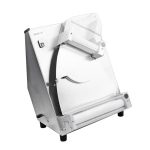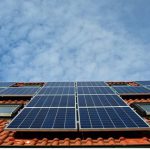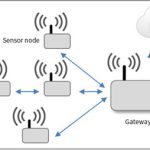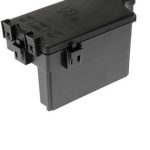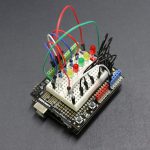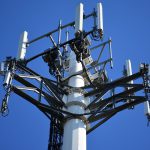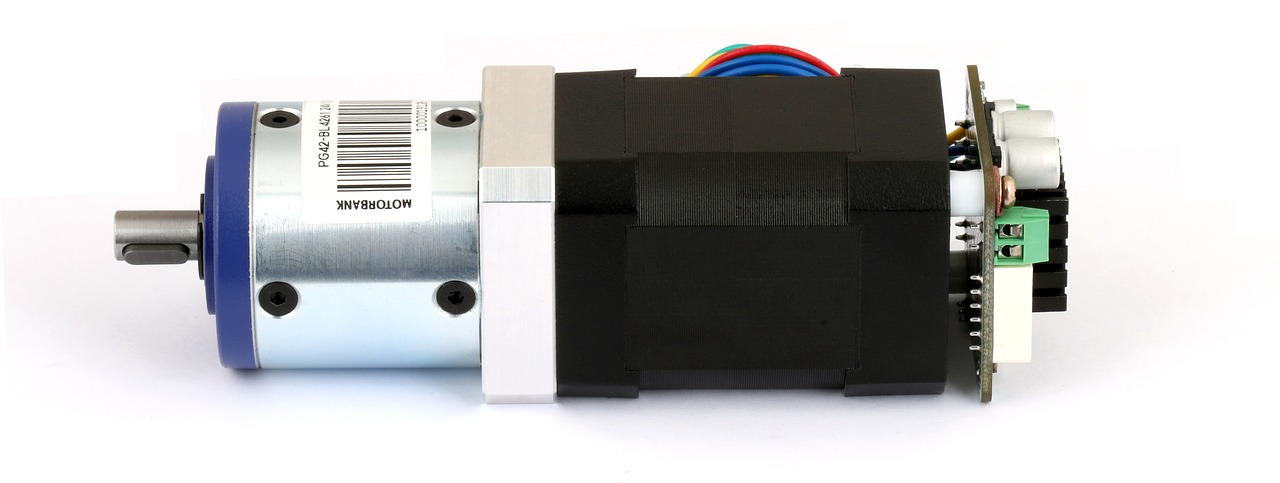
DC Motors
DC motors convert DC electrical power to motion. The use of electrical current generated by electrical currents to power the movement of the rotor fixed within the output shaft. The output torque and speed are determined by both the input and design of the motor. CD motors are categorized into two; brushed and brushless DC motors.
Brushed DC motors
Brushed DC motors are the simplest types of motors. They are also the earliest type of DC motors. They are characterized by wire wound wire coils that make up the armature which then acts as a two-pole electromagnet. The directionality of current is reversed twice per cycle by the commutator which acts as a mechanical stationary switch. The reverse directionality facilitates the flow of current through the armature results in the electromagnetic poles pulling and pushing against permanent magnets along the outside of the motor. The commutator reverses the polarity of the armature’s electromagnetic field as the poles cross the poles of the permanent magnet.
In essence, when you connect a brushed motor to a power source, you energize the coils of the armature thus turning it into an electromagnet which then rotates in a bid to align the north and the south poles the poles of the stator respectively. The rotation of the commutator causes the polarity of the current into the armature coil to change. This in turn causes the direction of the magnetic field to reverse causing the armature to rotate toward its new alignment, its because of this constant change of polarity and magnetic field that the armature continues to rotate.
Advantages of brushed DC motors
- Low construction cost
- Can be rebuilt to extend the life
- Its controller is simple and inexpensive
- Suited for extreme operating environments
- It doesn’t need a controller for fixed speed.
Applications
Owing to simplicity and low construction costs, brushed DC motors are used in equipment that is exposed to extreme environments like cranes and farm machinery among others
Brushless DC motors
The underlying principles of a brushless motor are similar to those of a brushed motor in that the commutation control uses internal shaft position feedback. Unlike brushed motors, the construction of brushless motors is different. Brushless motors do not have carbon brushes. They also do not have mechanical commutators. Rotation is achieved through successively energizing coils around the stator while commutation is performed through a complex controller that works alongside a rotor position sensor.
It is important to note that in brushless DC motors the permanent magnet is in the rotor while the electromagnets make up the stator. The controller charges up the electromagnets in the stator in a bid to rotate the rotor through a full cycle.
Advantages of brushless DC motors
- Lower cost of maintenance
- Great performance at all speeds with rated load
- Smaller sizes and superior thermal characteristics
- Lower electric noise generation
Applications
This is mostly used in an environment where low heat and low noise are required. Such an environment includes air conditioners, consumer electronics, washing machines, consumer electronics among other things.






